|
We took another trip on the bus today to Cayo Guillermo and the American Flamingos were rather more obliging. There was a group of four that wasn't too far away and provided some nice views as they foot-paddled and displayed in between bouts of feeding. The only Odonata we have seen so far on this trip have been Seaside Dragonlet Erythrodiplax berenice and at last I've managed some pictures I'm reasonably happy with. Nickerbean Blue Cyclargus ammon and White Peacock Anartia jatrophae are both common and widespread species but the Phaon Crescent Phyciodes phaon is much scarcer and we have seen it on less than half out trips to Cuba and we found a few again at exactly the same spot that we saw them three days ago. Smooth-billed Anis are very social birds and its not unusual to see ten or more in a group. We often hear them before we see them. They are so social in fact that females lay all their eggs in a single communal nest tended by all group members though it is quite usual for only the later ones to be laid to be the ones to hatch. Juvenile Smooth-billed Anis that hatch early in the summer often stay with their family group as the birds begin a new nest, and the newly fledged birds then help feed youngsters from the second nest. They are omnivorous and eat insects, fruit and even reptiles if they can catch them. One of the main reasons to come back today was to get better pictures of the rarely photographed Cuban Spiny-plant Anole Anolis pumilus which I managed to do though I would love to know more about them. Cuban Striped Curlytail Leiocephalus stictigaster is really very common on both islands but I haven't seen one before with this reddish colouring on the hind legs - perhaps it is a male.
0 Comments
Leave a Reply. |
Welcome to our Blog
Here we will post interesting news about what we and others have seen in Cuba. Archives
July 2024
Categories |
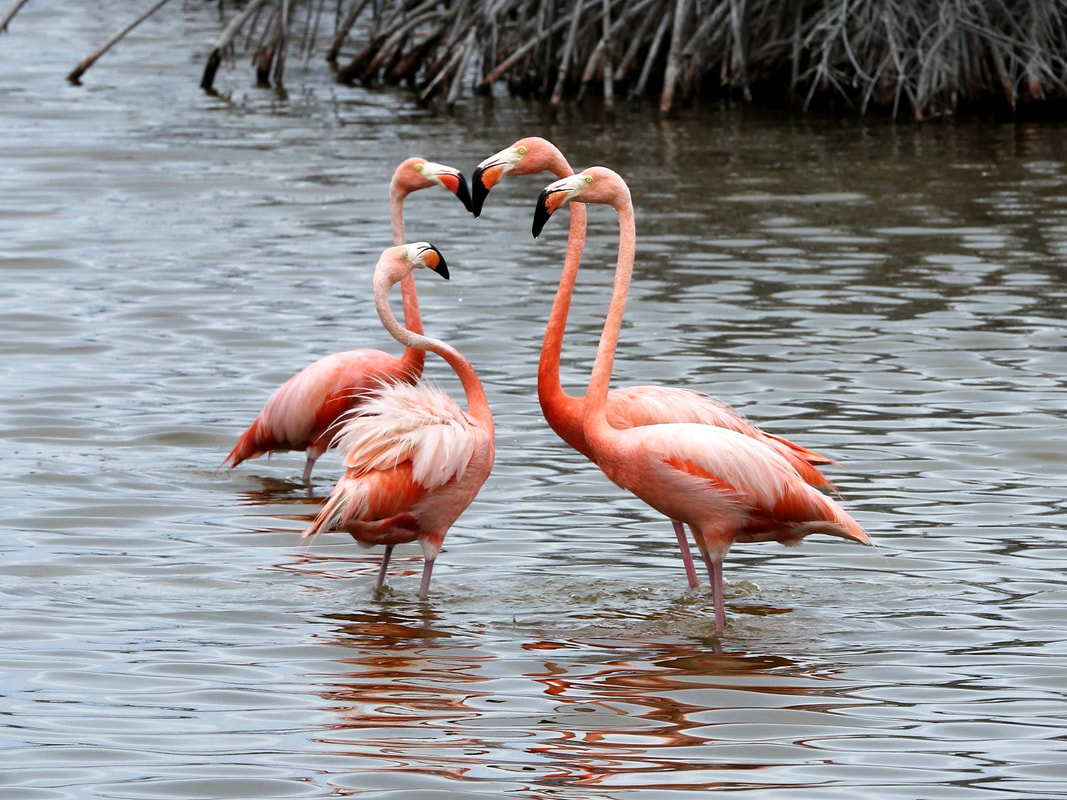
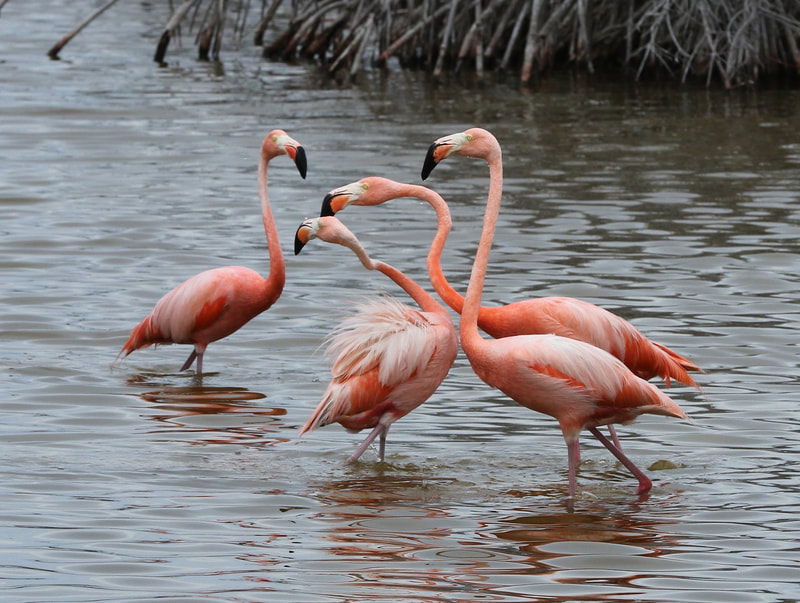
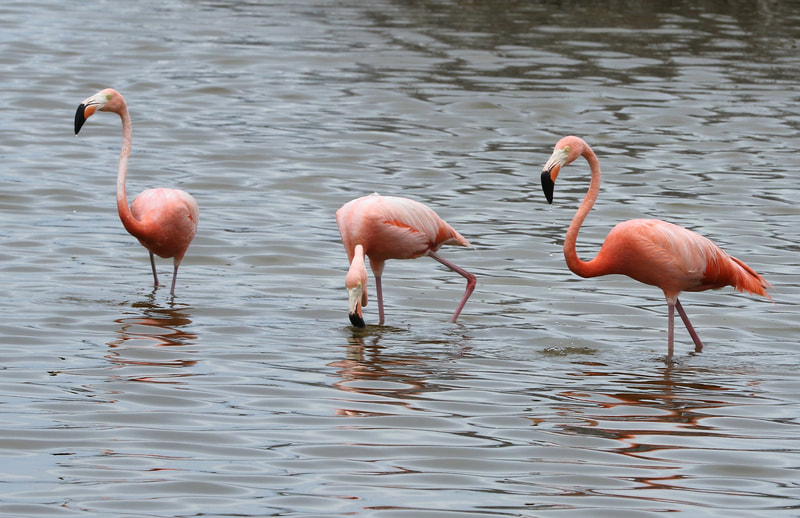
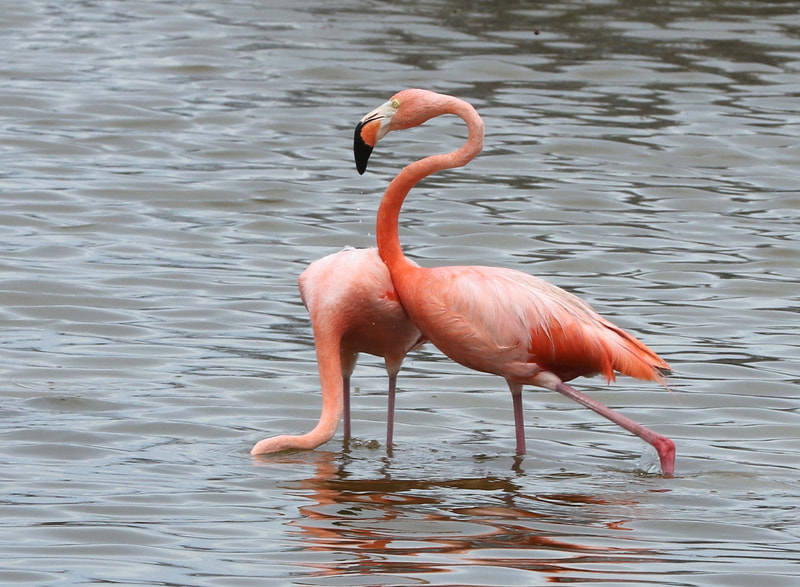
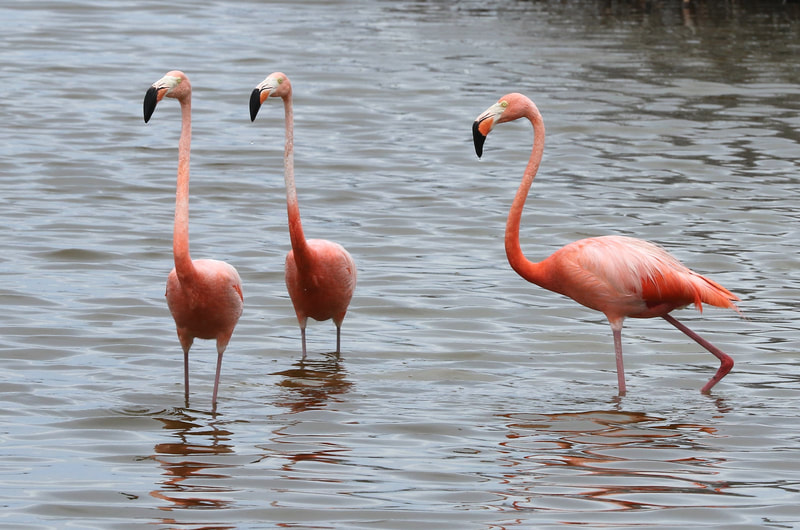
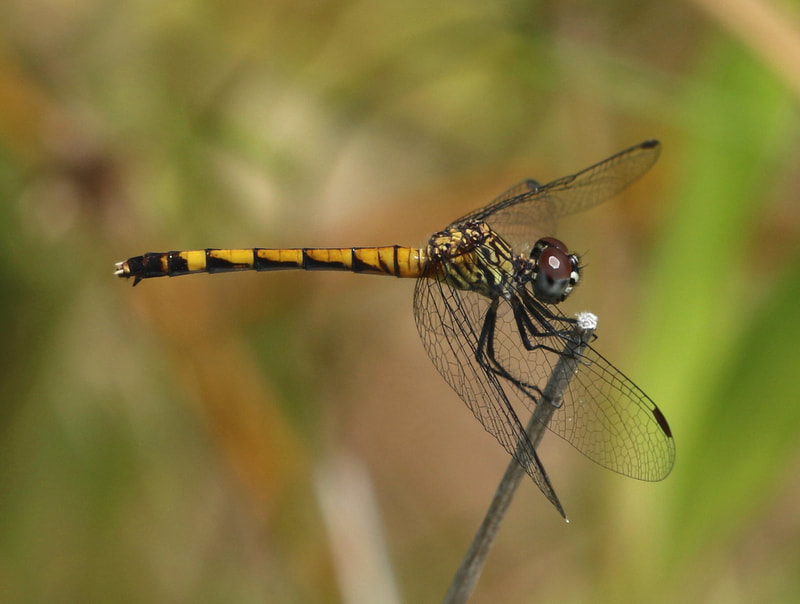
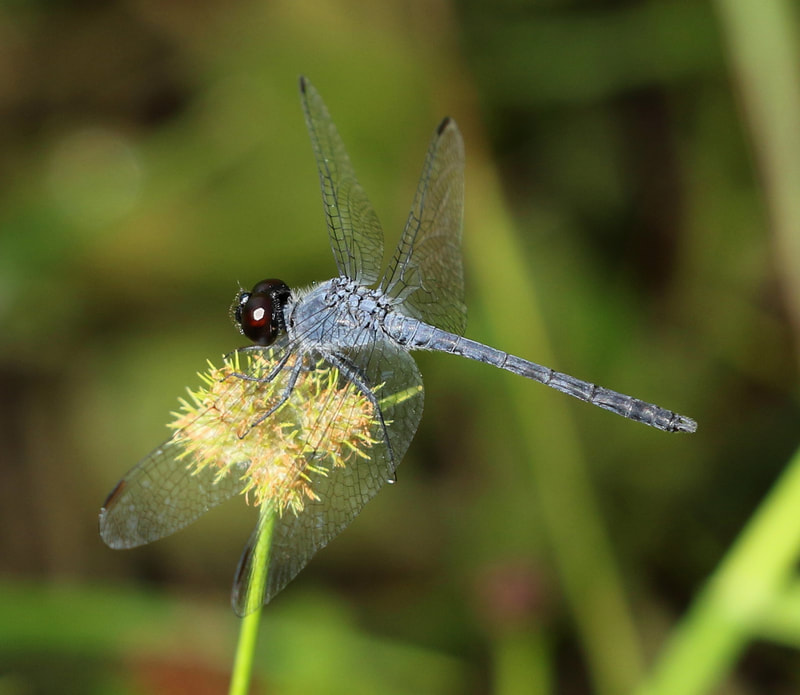
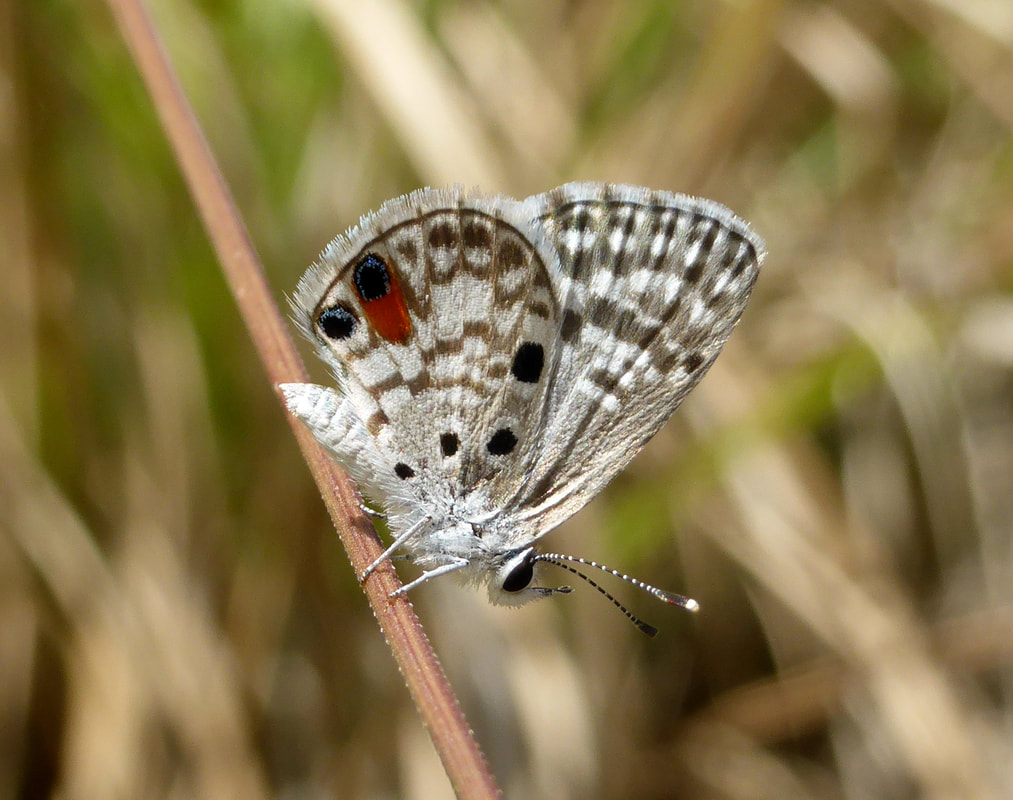
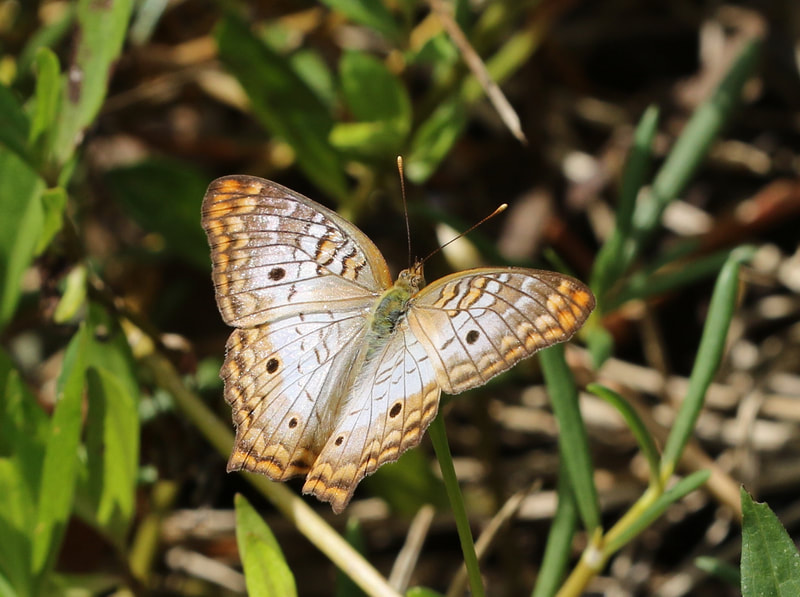
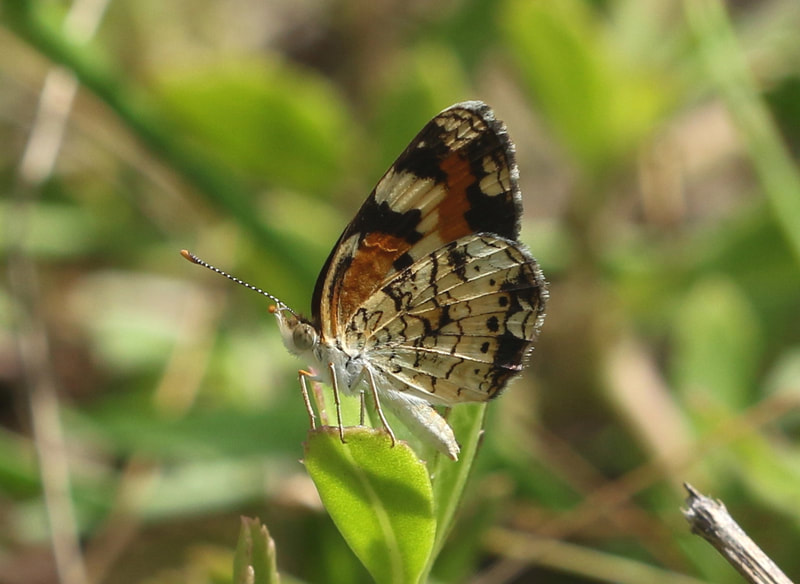
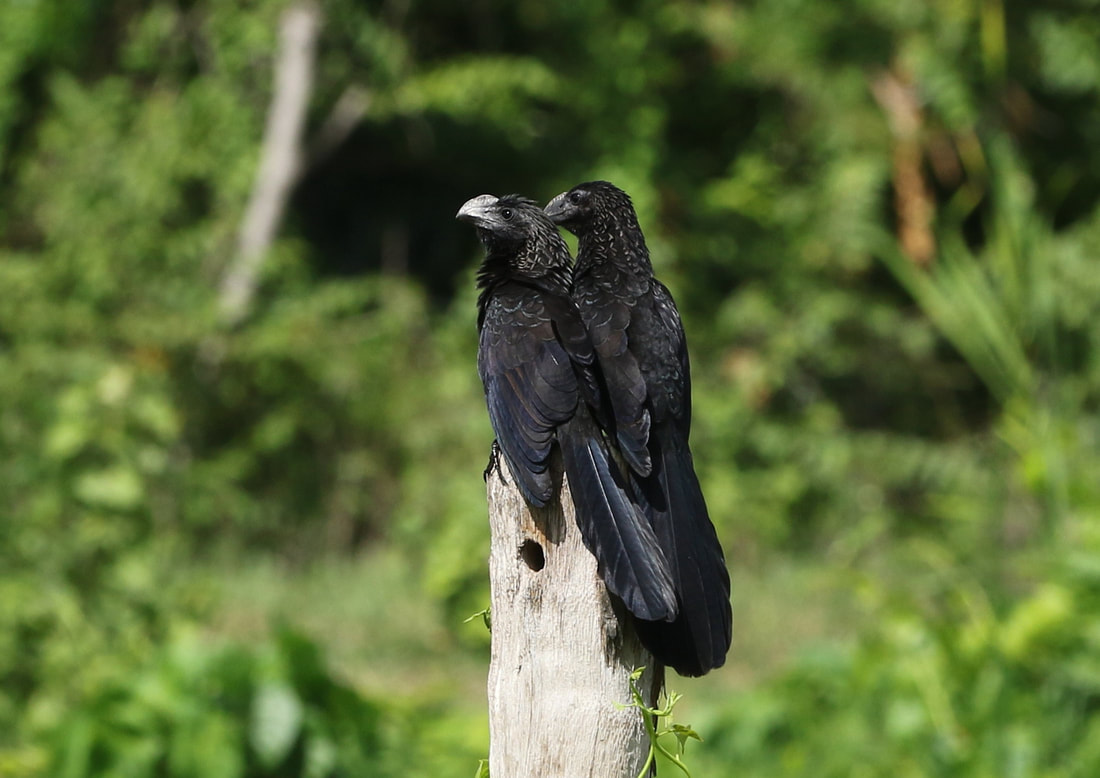
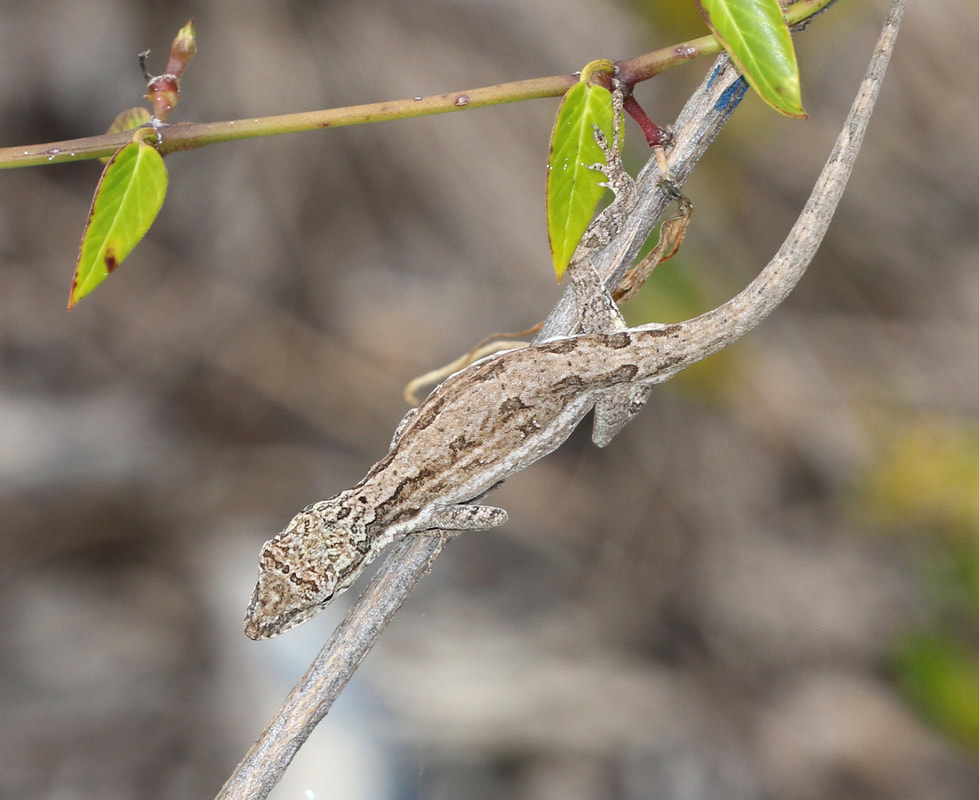
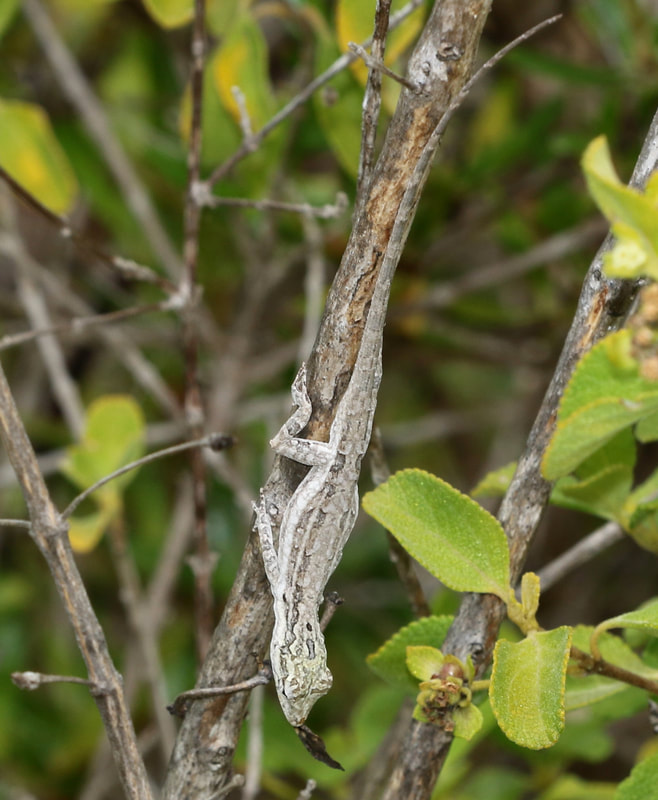
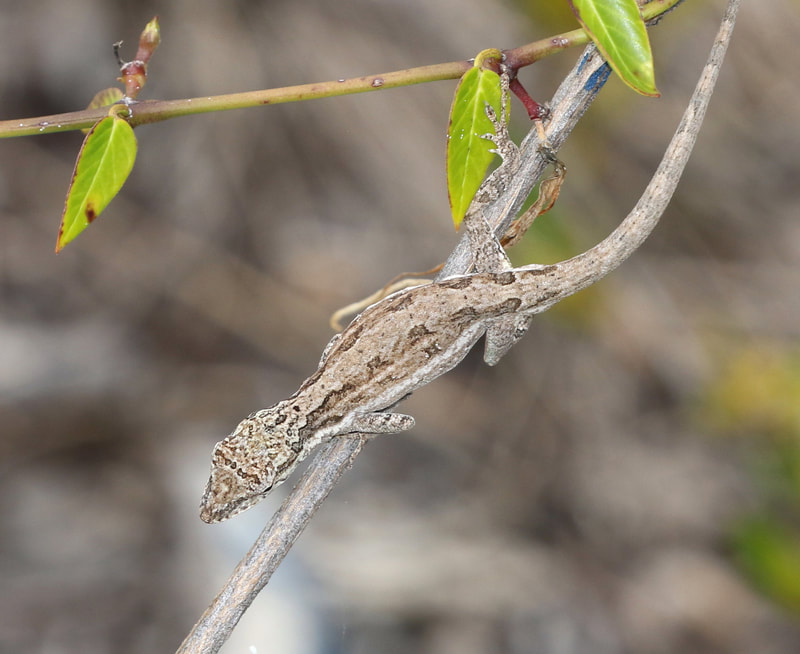
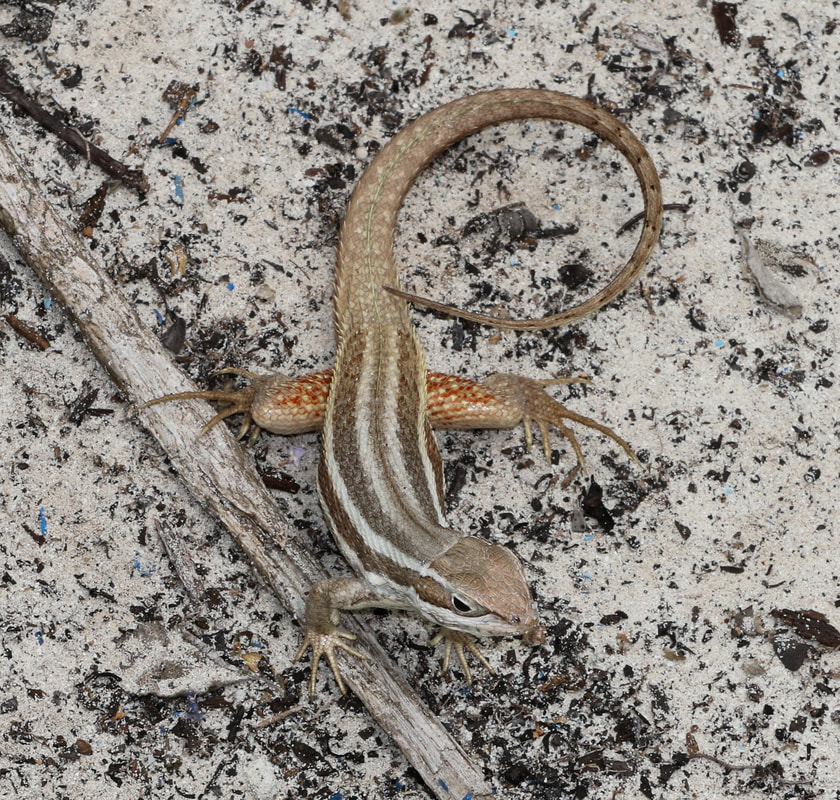
 RSS Feed
RSS Feed